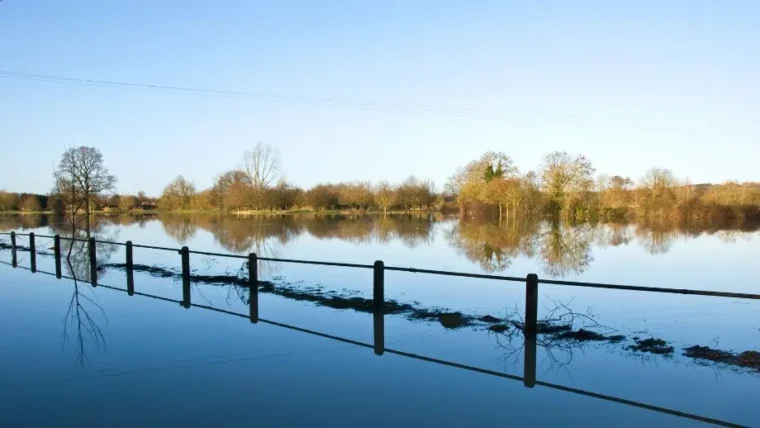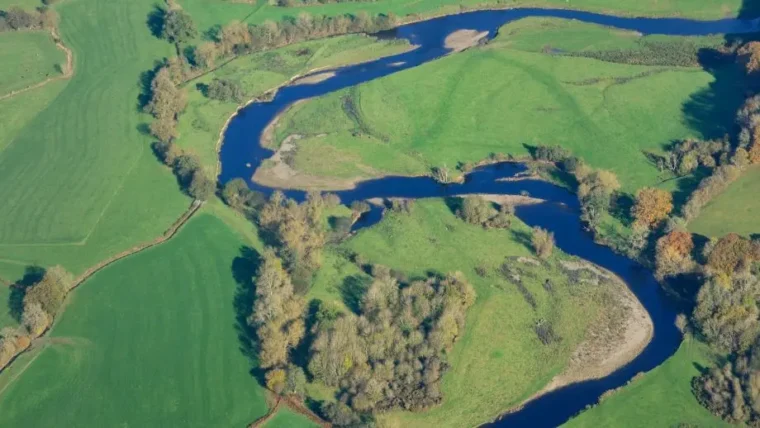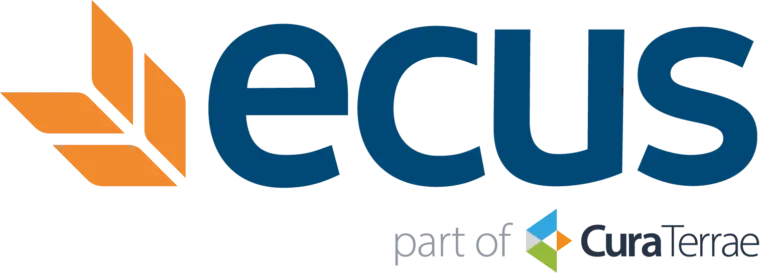Are your employees protected from hazardous substances at work?
9 November 2017
The Thorough Examination and Testing (TExT) of your LEV plant is statutory and should be conducted at least every 14 months, and more regularly for some processes. A vital part of such testing should be personal monitoring of those employees working at your LEV plant to ensure there is an adequate Control of Substances Hazardous to Health (COSHH), although this is regularly overlooked. The TExT report may well state that adequate extraction rates were evident and that the plant was in good condition and working well, but if the exposure of employees working at those LEV plants exceed 50% of the Workplace Exposure Limits (WELs), then action is required by the company to reduce exposure.
The LEV plant might be working adequately, but the employee may not be using it correctly. They may be working too far from the capture point, or they may not have the capture hood positioned properly. This may in some part be due to a lack of training in how to use the LEV correctly, or sometimes the employee makes a decision not to use the system in the manner that it should be used. Finally, while the LEV may be working adequately, and the operative may seem to be using the plant correctly, exposures may still not be being controlled. This could be due to process changes/upgrades, or the substances within the process having been changed. Some LEV systems may have been in place for a number of years, and cannot easily be upgraded, unlike the process.
As such, air monitoring of personal exposures at workstations with LEV is necessary to ensure the extraction plant is doing the job it is supposed to. An occupational hygienist should undertake such monitoring, using HSE approved methods of testing for the dusts, fume, vapours and gases that employees may be exposed to from the processes being controlled. The occupational hygienist will also observe employees undertaking their work and note how LEV systems are being used. In the report, along with the results of the monitoring, will comment on the level of control the LEV is giving, employee usage of the LEV, and recommendations to maximise the level of control given to the employee. The report from the air monitoring survey should be used in conjunction with the TExT survey report when compiling/updating your COSHH assessments.
Ideally, any air monitoring should be carried out after the TExT survey has been completed, and any necessary improvements (as a result of the findings of the TExT survey) have been made. At this point, all LEVs should be at their optimum performance levels. Air monitoring should also be undertaken during the commissioning of new LEV systems, or when any older LEV systems have been upgraded or altered in any way.
Are your employees protected from hazardous substances at work?









